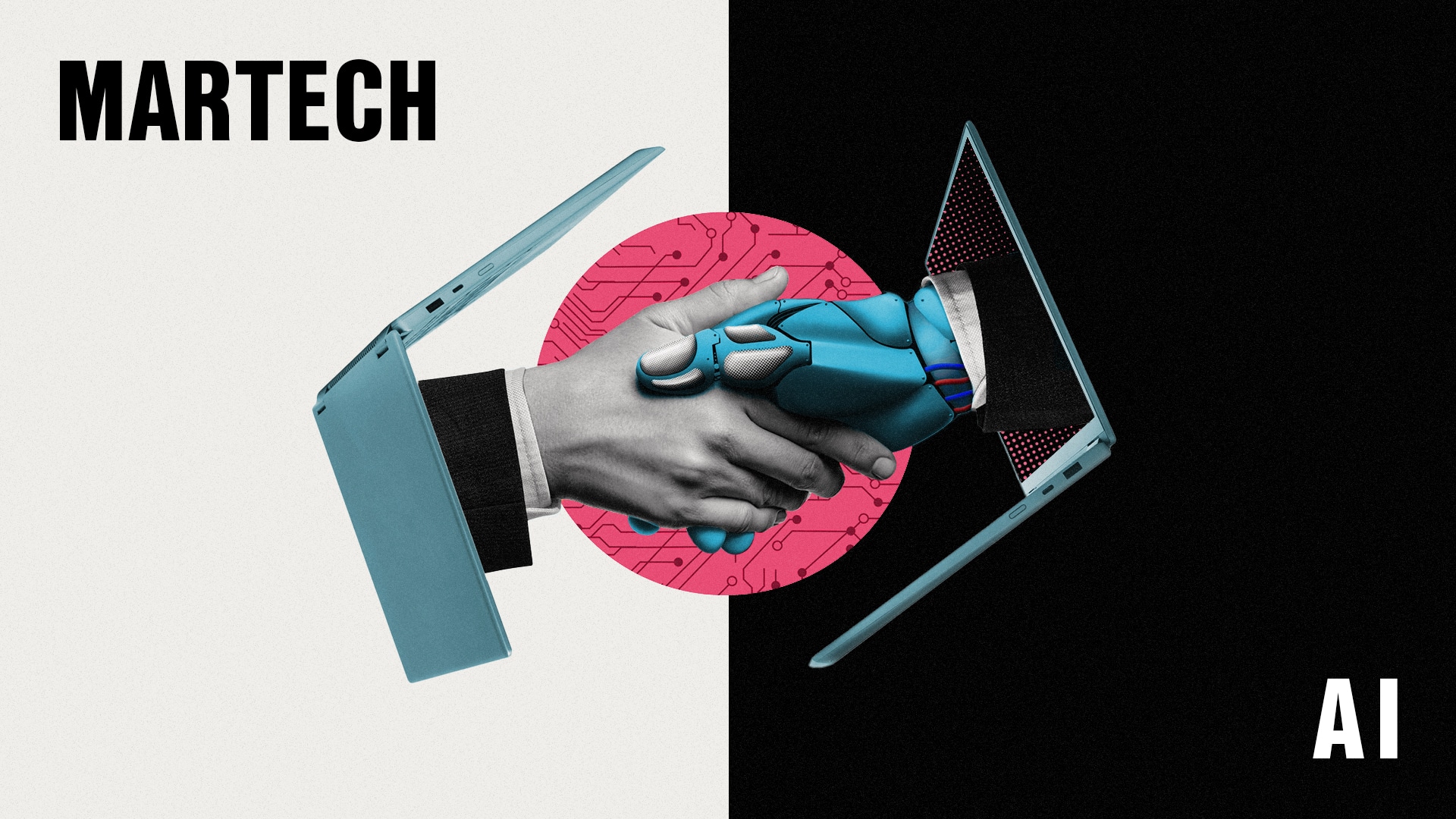
Nowadays, when it comes to IT infrastructure, businesses have several options. Out of those options, the two most important options are cloud computing and traditional IT infrastructure. While cloud computing provides businesses with economical balance, cost-effectiveness, and ease of use, traditional IT infrastructure offers safety and power to businesses.
In this ever-changing, technology-filled world, it is very much necessary for businesses to opt for the best option between cloud computing and traditional IT infrastructure. Both have their advantages as well as challenges, and businesses are required to evaluate their priority factors very carefully so that they can make the right decision. In this post, let’s have a close look at both technologies.
Cloud Computing
Cloud computing technology involves the delivery of different computing services like databases, server storage, analytics, and networking over the internet. Through cloud computing, businesses are able to access these services and pay only for what they have used rather than maintaining and investing in the complete IT infrastructure.
Benefits of Cloud Computing:
- Scalability: Cloud computing allows businesses to quickly and easily scale their computing resources up or down to meet changing business needs. This makes it easier for businesses to handle traffic spikes and accommodate growth.
- Cost-effectiveness: Cloud computing eliminates the need for businesses to invest in and maintain their own IT infrastructure, which can be costly. Instead, businesses need to pay for what they have used only, which results in cost savings.
- Accessibility: Cloud computing services can be accessed from anywhere with an internet connection, which makes it easier for businesses to collaborate with remote teams and work from anywhere.
Challenges of Cloud Computing:
- Security: Because cloud computing services are accessed over the internet, they are vulnerable to security threats such as hacking, malware, and data breaches. To provide security to business data, it is necessary to apply certain security measures and ensure that they are compliant with rules and regulations.
- Dependence on the Internet: Cloud computing services are reliant on a stable and fast Internet connection. If the internet connection is slow or goes down, it can disrupt business operations.
- Lack of control: Because businesses rely on a third-party provider for their computing services, they have less control over the infrastructure and may face limitations in terms of customization and configuration.
Traditional IT Infrastructure
Traditional IT infrastructure involves investing in and maintaining on-site computing resources, giving businesses complete control over their infrastructure.
Benefits of traditional IT Infrastructure:
- Control: Traditional IT infrastructure gives businesses complete control over their computing resources. They are able to configure and customize their infrastructure to fulfil their actual needs.
- Security: Traditional IT infrastructure can be more secure than cloud computing services because businesses have complete control over their security measures and can implement them according to their specific needs.
- Reliability: Because businesses are not dependent on an internet connection, traditional IT infrastructure is generally more reliable than cloud computing services.
Challenges of Traditional IT Infrastructure:
- Cost: Traditional IT infrastructure requires significant upfront investment in hardware and software, as well as ongoing maintenance and upgrades. This can be very costly for businesses, more for small businesses.
- Scalability: Traditional IT infrastructure can be challenging to scale quickly, which can be problematic for businesses that experience sudden growth or need to handle traffic spikes.
- Accessibility: Traditional IT infrastructure is only accessible from the physical location where it is installed, making it difficult for remote teams to collaborate and work from anywhere.
Conclusion
Selecting between cloud computing and traditional IT infrastructure is a very hard decision that needs close consideration of a business’s specific requirements as well as resources. While cloud computing provides cost-effectiveness, accessibility, and scalability, it also has security issues and internet dependency challenges.
Selecting traditional IT infrastructure can provide safety, power, and reliability to businesses. But, it can come with challenges in higher costs and less accessibility. Between these two technologies, businesses are required to weigh the pros and cons of both options and select the one that meets their requirements.
Visit www.onpassive.com for more tech-related updates.






















































![Online Shopping Reached New Highs in 2024 [Infographic] Online Shopping Reached New Highs in 2024 [Infographic]](https://imgproxy.divecdn.com/kCw9rTPPHoCqXkkL4Bt8p7eohxOuRs6iXsDK03Fxr_8/g:ce/rs:fit:770:435/Z3M6Ly9kaXZlc2l0ZS1zdG9yYWdlL2RpdmVpbWFnZS9vbmxpbmVfc2hvcHBpbmdfc3VyZ2UyLnBuZw==.webp)

![What App Features Are People Willing to Pay For? [Infographic] What App Features Are People Willing to Pay For? [Infographic]](https://imgproxy.divecdn.com/mHJQ6ffz2lGDUuF649StZz5xtI56ORDL5z-Cjs9ZUw8/g:ce/rs:fit:770:435/Z3M6Ly9kaXZlc2l0ZS1zdG9yYWdlL2RpdmVpbWFnZS9hcHBzX3RoYXRfcGVvcGxlX3BheV9mb3JfMi5wbmc=.webp)












